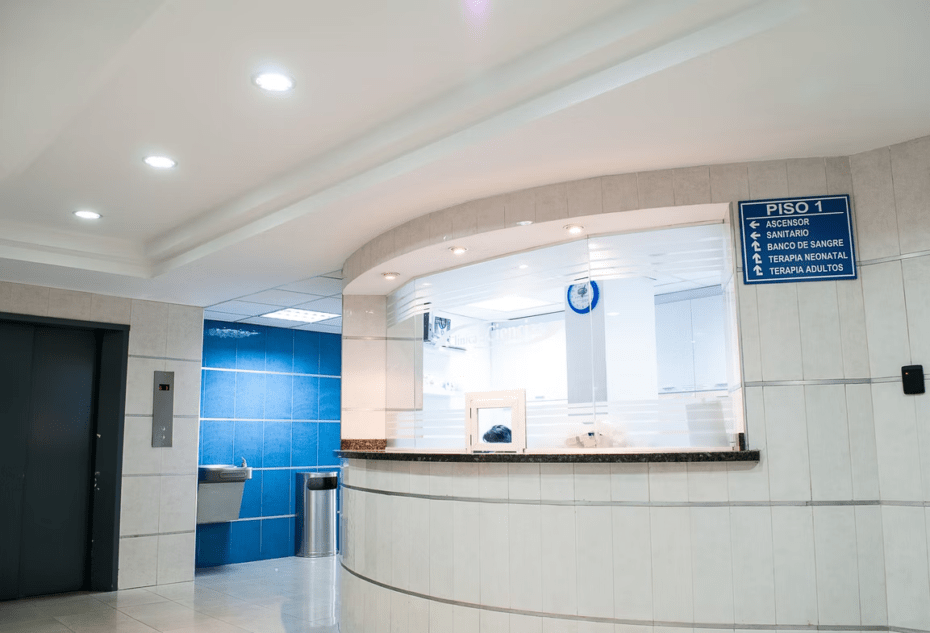When physician offices make purchasing decisions for acquiring drugs, they usually follow a buy-and-bill process. The ‘buy’ aspect refers to providers ordering the medication, while the ‘bill’ has to do with getting reimbursements from third-party payers. This model offers several benefits, such as providing organizations with more control over their prescriptions and allowing them to enjoy a higher revenue for them.
This article will cover what buy and bill is, its benefits, some popular alternatives to this model (such as clear bagging, white bagging, and brown bagging) and how healthcare professionals can track buy-and-bill medication with medical inventory management to streamline operations and gain better visibility of their inventory while improving patient care quality.
What is Buy and Bill?
Most outpatient drugs are administered by the provider and governed by a buy-and-bill process. Hospital outpatient clinics typically receive these products (which can include injectables, biologicals, IVIG, immunoglobulins, and others) from a hospital pharmacy. A physician practice, on the other hand, will usually purchase the drugs from a specialty distributor.
The process of a buy and bill approach is quite straightforward: First, a healthcare provider purchases the drug from a specialty distributor and stores it for the patient until the time for its administered. After the patient receives the drug, the provider submits a reimbursement claim to a third-party payer. The name of this method derives from the action of the drug being submitted (“bill”) after the provider purchases (“buy”) and administers the medication.
The buy and bill method can be an excellent choice for medical practices that need to administer specialty drugs and want to have complete control over the entire drug’s life cycle. Rather than relying on a specialty pharmacy or collaborator to handle the drugs, the provider purchases, stores, and administers medications to patients, and then submits a claim to collect coinsurances and copayments. However, the use of buy and bill has recently been expanded to explore other ways of delivering drugs.
Is Buy and Bill Use Decreasing?
The trend of using a buy and bill approach for healthcare providers has decreased in the last years. There are a number of reasons for this; for example, the Affordable Care Act (ACA) implementation changed risk corridors, and there are many new contracts between local and regional stakeholders. Share-risk (or value-based) contracting has also become more critical in making certain products successful.
For new drugs, it’s also become critical to develop new distribution channels that can minimize obstacles between the availability of a medication and how it can be distributed. In some cases, some drugs are better suited to be shipped directly from the manufacturer to a specialty pharmacy. However, many physician practices prefer to use buy and bill so they can purchase medications directly from a distributor and manage their life cycle themselves (the practices normally buy the drugs at their Average Sales Price or ASP and add a markup of between 6-18%).
Buy and Bill vs Alternatives
There are a few alternative methods to buy and bill. For example, specialty pharmacies, which dispense medications for oncology, hemophilia, multiple sclerosis, and other complex and chronic conditions, tend to use white, brown, and clear bagging methods instead. In these ‘external delivery’ approaches, the manufacturers ship the drugs to the pharmacy, which then sends them to the physician’s practice.
- White Bagging: This method involves a specialty pharmacy sending someone’s prescription directly to providers. After it arrives, the provider has to store the drug until it can be administered. This often means they need to keep a separate refrigerator and inventory for white-bagged products. Additionally, a product is only supposed to be administered to a specific patient, so it’s fraudulent to try to give it to another.
- Brown Bagging: In this model, the patient acquires a drug and is responsible for both storing it until it’s needed and transporting it to the physician’s office to get it administered. The main problem with this approach is that it’s risky to both the product and the patient, as there is no way to authenticate the drug’s integrity.
- Clear Bagging: The provider’s internal specialty pharmacy dispenses the prescription and transports it to the location where it needs to be administered.
Main Benefits of Buy and Bill
There are two main benefits to using a buy-and-bill approach: More control over the drug supply chain and higher revenues. In general, studies have shown larger practices tend to prefer buy and bill, while small organizations use more external delivery. Payers, on the other hand, support both models and focus instead on guaranteeing in-office dosage modifications – particularly for oncology drugs.
Still, a buy and bill approach can offer several advantages for practices, no matter their size. Mainly:
More Control
First of all, clinics that opt to use this method have much more control over their supply chain. You can not just ensure the pedigree of a drug is secure but also maintain the product’s integrity and manage all of its administration. Practices using buy and bill also have more control over medicine prices. In areas like oncology, where ASP markups have been shrinking, this can be a particularly attractive factor for an organization to consider.
Higher Revenues
Another significant benefit when using buy-and-bill is that physicians can earn a higher reimbursement because they bill payers for the drugs directly. When it is specialty pharmacies that store and dispense the products, they are the ones getting most of the usefulness. With a buy-and-bill approach, the provider can increase its revenue through reimbursement. Of course, this should always be done for the patient’s medical benefit.
Better Labeling
Externally delivered drugs usually lack manufacturer’s labeling because they are formulated at the pharmacy. This can give products’ integrity some vulnerability. Drugs also need to be destroyed if they are not dispensed as specified by the instructions – which can create wastage and increase potential costs for the physician.
Disadvantages of Buy and Bill
There are some downsides to buy and bill, too. For example, this method involves an upfront financial risk and can be more burdensome as providers need to manage extensive drug inventories. Additionally, many healthcare companies just don’t have the money, time, or staff to support this methodology.
This is why many practices have switched to external delivery. The new approaches seem to have become a favorite among certain specialties and especially in smaller clinics. Bagging can, for example, be a good fit for medicines that don’t require physician administration or dosage adjustment.
How to Implement Buy and Bill
If you are looking to increase your practice’s revenue or simplify the process of coordinating health, opting to use a buy and bill method for specialty drugs has several proven benefits. Transitioning to it, however, will likely require some changes to your operations.
You should focus on the following priorities to get started with a buy and bill approach to specialty drugs:
- Insurance approvals: Make sure a member of your staff can focus exclusively on getting approval for the specific treatments you want to cover.
- Clinicians: Check that you have enough licensed clinicians that can administer the products and implement patient support programs.
- Scheduling: Set up a way to keep track of your inventory, volume, and lead time for all your specialty drugs, as well as the patients that will need them.
If you are a smaller practice, it’s essential to consider the size of your staff and their current responsibilities and prepare appropriate training so you can ensure the buy and bill method can be implemented efficiently. Curbing costs can help your organization provide better patient-centered healthcare, but it’s always essential to understand all the determining factors for choosing one method over the other and observe all possible unintended consequences of switching to a buy and bill approach.ible unintended consequences of switching to a buy and bill approach.
Using ArbiMed for Your Buy and Bill Process
ArbiMed is an all-in-one inventory management solution that helps you streamline workflows and operations and focus on patient care.
ArbiMed’s software helps medical offices track buy and bill medication. Users are able to assign specific purchase orders to patients. Then, when the PO is received, the items can be tracked by lot and serial number, reserving the item for the patient to make sure that the exact drug (with that serial number) is administered to that patient on the date of their appointment. ArbiMed offers powerful integrations for practice management, suppliers, and financial software. The program can be used in almost any business to improve any organization. Contact ArbiMed to better understand how this inventory management solution can help you improve profitability and efficiency.
Maximize Buy&Bill Rx ROI: BuyandBill.com Partners with ArbiMed
BuyandBill.com is the largest publicly available data source for office-administered drug pricing and coding information.
The BuyandBill.com System offers up-to-date, accurate office-administered drug pricing and coding information along with an array of analytics tools to analyze this pricing information. Using BuyandBill.com, practices can access ASP, WAC, and AWP pricing information, monitor NDC to HCPCS alignments, and cross-compare current and historical drug prices. This information is crucial to make informed purchasing decisions and correctly submit reimbursement claims. The data and tools on BuyandBill.com can help your practice become more profitable.
Visit BuyandBill.com here: https://buyandbill.com/
Register for BuyandBill.com here: https://pricing.buyandbill.com/register/


